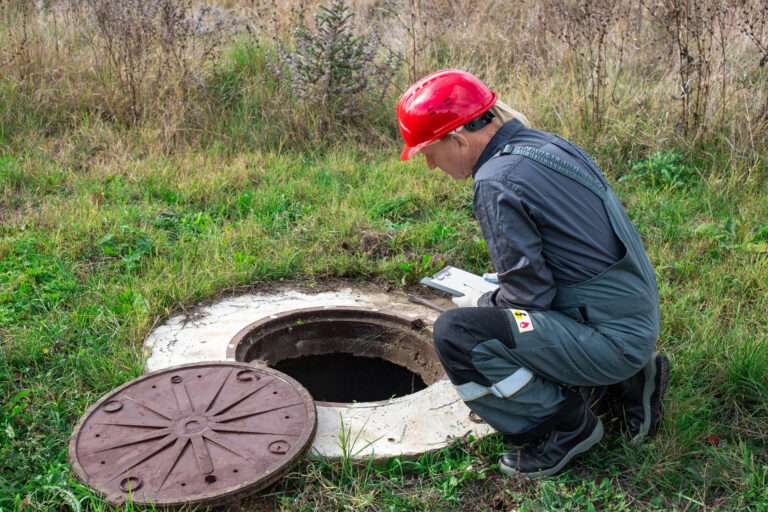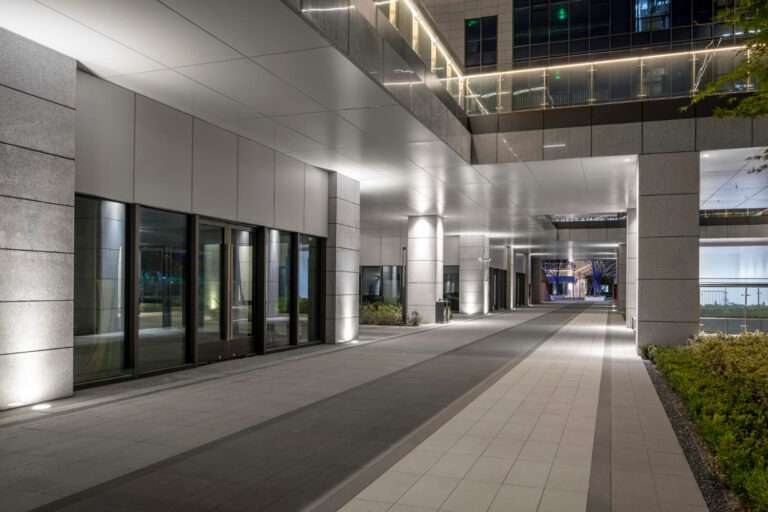9 Urban Features That Add Real Value to Commercial Property
In the competitive world of commercial real estate, outdoor design is no longer a ‘nice to have’—it’s a strategic asset. Thoughtfully implemented urban features can dramatically improve the appeal, usability and overall value of a property. Whether you’re developing a business park, office complex or retail frontage, the external environment plays a key role in attracting tenants, impressing clients, and enhancing long-term return on investment.
In this blog, we explore 9 practical, attractive and value-adding urban features that can transform your property’s exterior from average to outstanding—boosting both perception and market value.
Why Urban Features Matter for Property Value
- First impressions count: The approach to your building is the first (and often lasting) impression.
- Increased occupancy: Tenants are more likely to lease space in well-designed, people-focused environments.
- Improved functionality: Urban features offer seating, signage, access control, and usability—reducing the burden on interior space.
- Enhanced sustainability: Greener environments support BREEAM and ESG targets, which are increasingly important to investors and stakeholders.
For expert specification and installation, see our street furniture and urban features page.
1. Quality Seating Areas
What it does:
Encourages dwell time, improves staff wellbeing, and signals a space designed for people.
Well-placed, durable benches or seating nodes make your site more inviting and functional. Opt for materials like hardwood, powder-coated steel or recycled plastic for long-term performance.
Best used: Along walkways, near entrances, or in shaded garden zones.
2. Raised Planters and Green Infrastructure
What it does:
Softens hard landscapes, improves air quality, and adds colour and vibrancy.
Planters allow you to add greenery even where in-ground planting isn’t possible. They also act as subtle boundary markers and reduce surface runoff.
Tip: Choose low-maintenance species with all-season interest, like grasses, sedums or compact shrubs.
3. Bollards and Traffic Control
What it does:
Improves safety, defines access routes, and enhances visual structure.
Simple as they seem, bollards are powerful. They protect buildings from vehicle collisions, mark pedestrian zones, and contribute to a site’s organised, high-quality look.
Choose retractable or removable versions for flexible access where needed.
4. Wayfinding and Signage
What it does:
Improves navigation and professionalism while reinforcing brand identity.
A clear, well-designed signage system adds polish to any property. It reduces confusion, saves staff time, and improves user experience—especially across larger or multi-unit sites.
Customise signage with consistent fonts, colours and logos to match your company or estate branding.
5. Integrated Lighting
What it does:
Extends usability into the evening, improves security, and adds dramatic visual appeal.
Use a mix of bollard lights, up-lighting for trees or architecture, and motion-activated lighting for functional zones like car parks. Good lighting makes a site feel cared for and boosts safety ratings—key factors in rental value.
6. Covered Areas and Canopies
What it does:
Provides shelter and functionality in all weather conditions.
Entrance canopies, smoking shelters, and bike shelters all support a site’s practicality. They also reduce building wear and tear, improve staff and visitor comfort, and contribute to sustainability goals by encouraging active travel.
7. Tree Planting and Shade
What it does:
Adds natural character, reduces heat island effect, and supports biodiversity.
Trees are long-term investments that grow in value over time. Use structured tree pits with grilles and guards in paved areas, and opt for hardy species suited to urban settings (e.g. Amelanchier, Field Maple, or Hornbeam).
8. Water Features and Public Art
What it does:
Creates a standout identity and fosters emotional connection to a place.
Even simple elements like fountains, sculptures or engraved seating offer a sense of destination and uniqueness. These features elevate a site beyond its square footage and into a placemaking asset.
Ideal for: Shared courtyards, focal points, entrances.
9. Smart Furniture and Technology Integration
What it does:
Demonstrates innovation and future-readiness.
Wi-Fi-enabled benches, charging points, or smart bins signal that a site is modern and tech-conscious. While not essential everywhere, these elements appeal to higher-end commercial tenants or tech-forward organisations.
Frequently Asked Questions
Which urban features offer the best return on investment?
Seating, planters, signage and lighting tend to offer the most immediate visual and practical improvements—especially in high-footfall areas.
Are these features expensive to install and maintain?
Many features are modular and scalable to fit your budget. Opting for durable, low-maintenance materials ensures longevity and reduces upkeep costs.
Do urban features help with planning approval?
Yes. Planning departments often favour schemes that include clear pedestrian infrastructure, greenery and public amenity. These features can help unlock approval more easily.
Can we install these features on existing developments?
Absolutely. Most street furniture and hard landscaping features can be retrofitted to enhance established sites, with minimal disruption.
Conclusion
Urban features aren’t just aesthetic add-ons—they’re strategic tools to increase the value, appeal and functionality of your property. Whether you’re preparing a site for sale, seeking to attract premium tenants, or simply enhancing the public realm, these elements help you stand out in a competitive market.
By investing in quality materials, thoughtful placement and multi-functional design, you’ll create a space that performs beautifully—now and in the future.
Killingley Insights is the editorial voice of NT Killingley Ltd, drawing on decades of experience in landscaping, environmental enhancements, and civil engineering projects across the UK.








